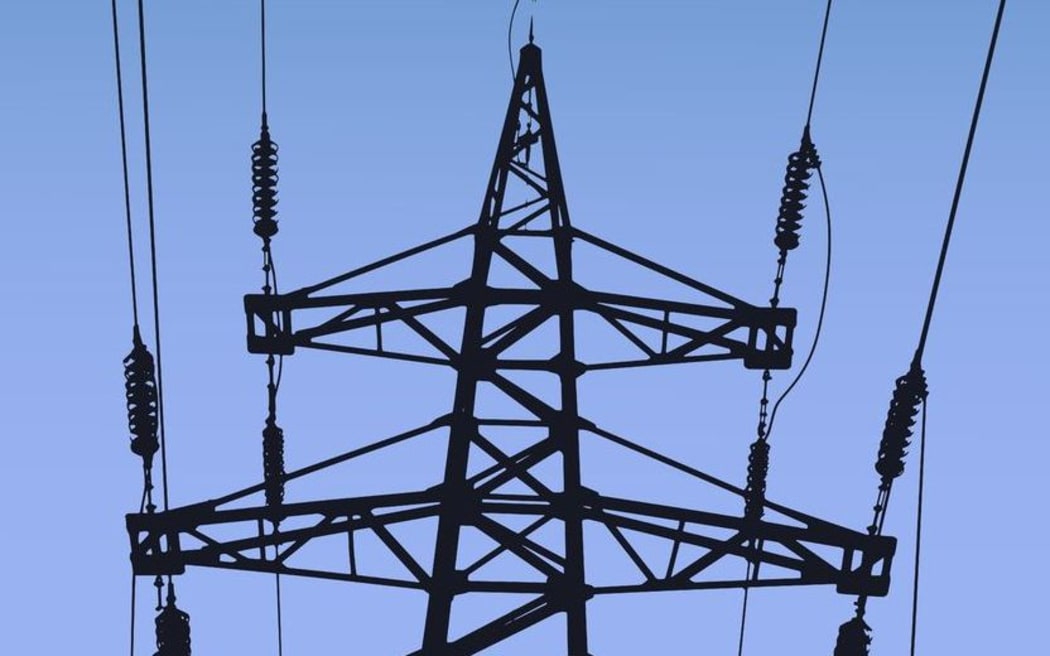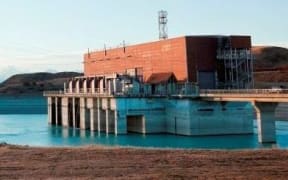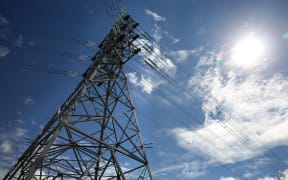Some of the poorest regions in the country could be paying more for power if the findings of a working paper on transmission prices is adopted.

Photo: 123rf
The paper by the Electricity Authority, proposes a big lift in lines charges in Northland, Westland and Auckland to pay for upgrading local transmission lines - prompting warnings more children will get sick in cold, damp homes.
Lines charges for West Coast customers will almost triple if the Government agrees to the Electricity Authority's proposals.
It wants local investment in the national grid to be paid for by customers in those areas.
That would mean lines charges for the average customer on the West Coast would rocket from $179 a year to $676 - an increase of 278 percent.
Northland customers would pay an extra $266; or 170 percent more.
The Salvation Army's social services secretary Major Pam Waugh said those areas had high levels of deprivation, and people already struggled to pay for power and this would make things worse.
"We will see more people taking cuts on keeping their houses warm, which we see a lot of in the winter with the families we work with," she said.
"You will see limits on food being given to families because they've got to meet these costs, you'll see illnesses coming through again, such as the rheumatic fever, and those sort of things.
"The flu-like illnesses, colds, ear infections. All that stuff that we're trying to prevent in children."
She said those illnesses could be prevented through warm, dry housing.
General manager of the Otara Health Charitable Trust John Coffey said any hike would hit those who struggle financially hard - even though many state houses are now insulated.
"Insulation itself doesn't keep you warm, you actually have to be able to heat it with either electricity or some other type of fuel and that means being able to afford it."
The authority said the rules around transmission charges needed updating to make sure local consumers paid for local lines upgrades.
It cited the upper North Island as an example, saying more than $1.3 billion of investment had been approved since 2006 but users there pay less than a third of the cost with customers in the rest of the country paying the rest.
The Auckland Energy Consumer Trust owns three-quarters of the lines company Vector - under the proposal, line charges would go up by $192 a year.
Its chair, William Cairns, said he did not agree with the working paper's proposal.
"The price range in Auckland - and this is just the transmission part - is likely to go up about 59 percent, but it's probably best to say $192 per year," he said.
"Per household, that is. And for businesses as well."
Mr Cairns said he was not sure where the balance lay between subsidies and regionally targeted payments, but believed the Authority's current proposal for Aucklanders was unacceptable.
Other lines companies were also unhappy.
In a combined statement, Northpower and Top Energy said it was not right to retrospectively change the rules so that the costs of recent transmission investments in the upper North Island are paid by Northland electricity consumers.
Both said the price rise was being forced upon the region and they would be meeting with the Electricity Authority today.
The West Coast's Westpower said the options outlined were concerning, but were only at the discussion stage.
Minister for Energy and Resources Simon Bridges stressed the proposal was just that - though he was not too worried about possible price increases.
"Overall, and into the future, it could in fact make for better affordability," he said. "Because were some of the options to be gone with, you'd be seeing more efficient, effective investment rather than perhaps gold-plating of investments, but I think we just need to see where we get to. "
Not everyone would pay more under the authority's plan -- lines charges would drop 37 percent in Christchurch and 27 percent in Wellington.
The Electricity Authority said it was willing to listen, and maybe change its mind, about plans to increase line charges.
The authority's chief executive Carl Hansen said some of those areas have had big upgrades in the past few years and it seemed fair they should be the ones to pay for them.
But he said anyone who was unhappy should make a submission about what the impacts will be.
"Not just in terms of the financial impact, but what's the real impact on the economy, and on industries and jobs.
''This whole transmission pricing area is pretty a complex, so we need to get all that information before we take the next step."
Submissions on the working paper close on the 11 August.
WINNERS & LOSERS:
Average costs per year, for each Installation Control Point (includes business and residential)




